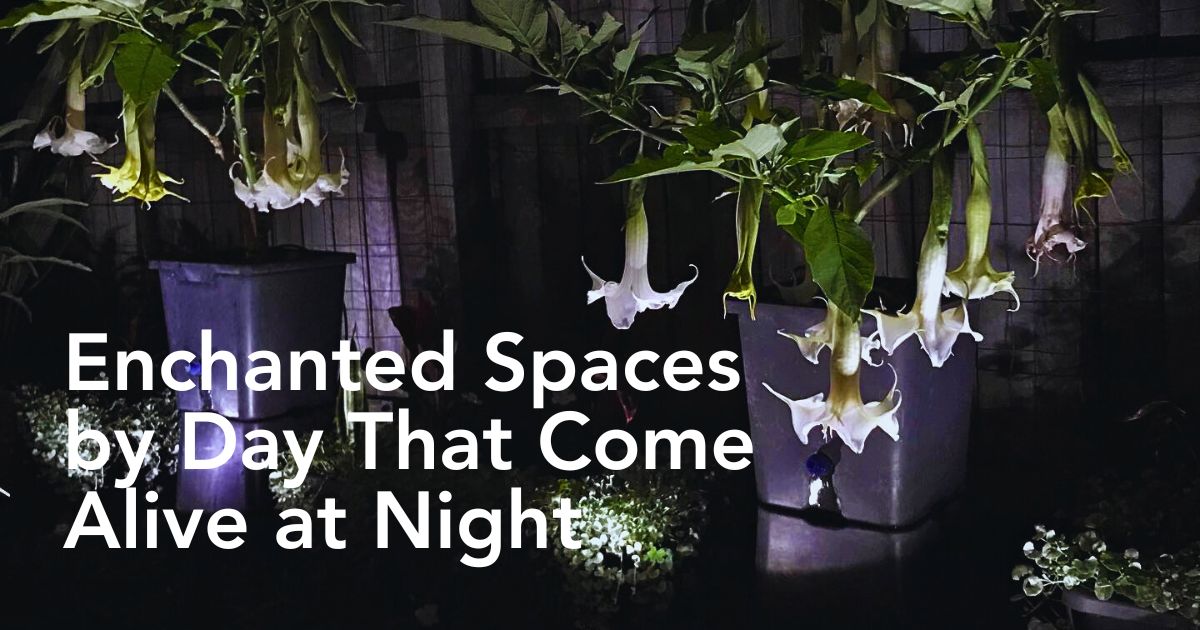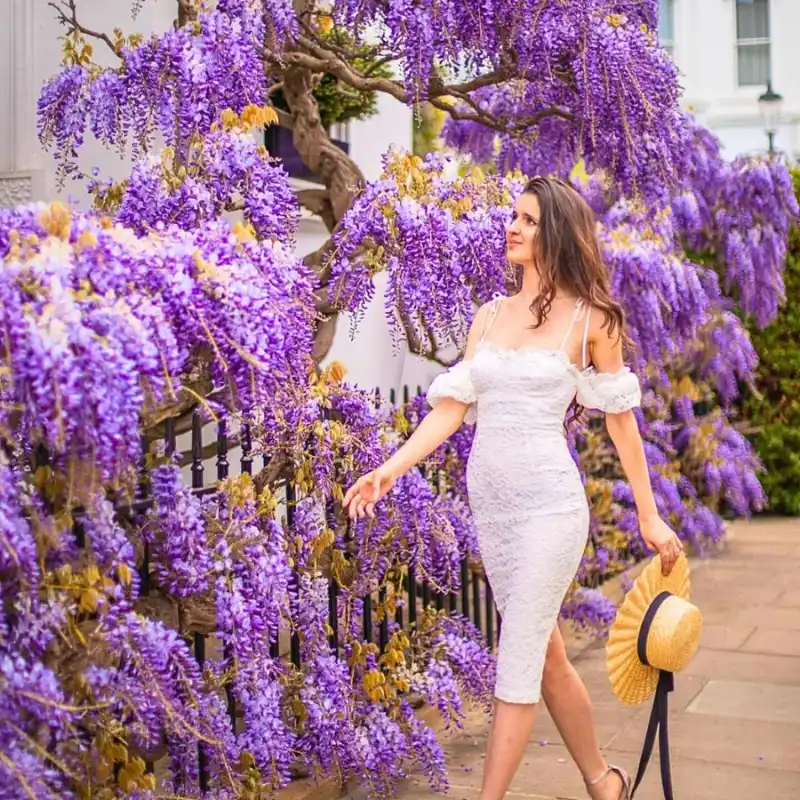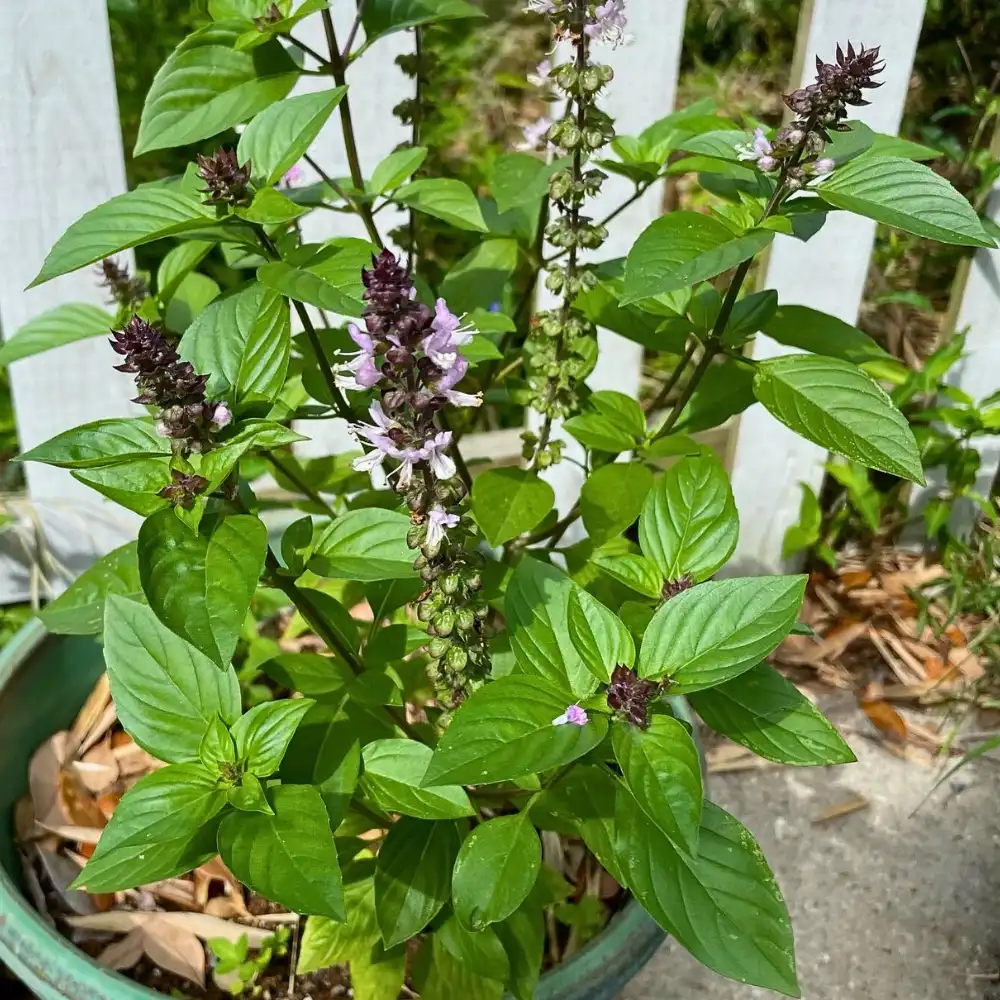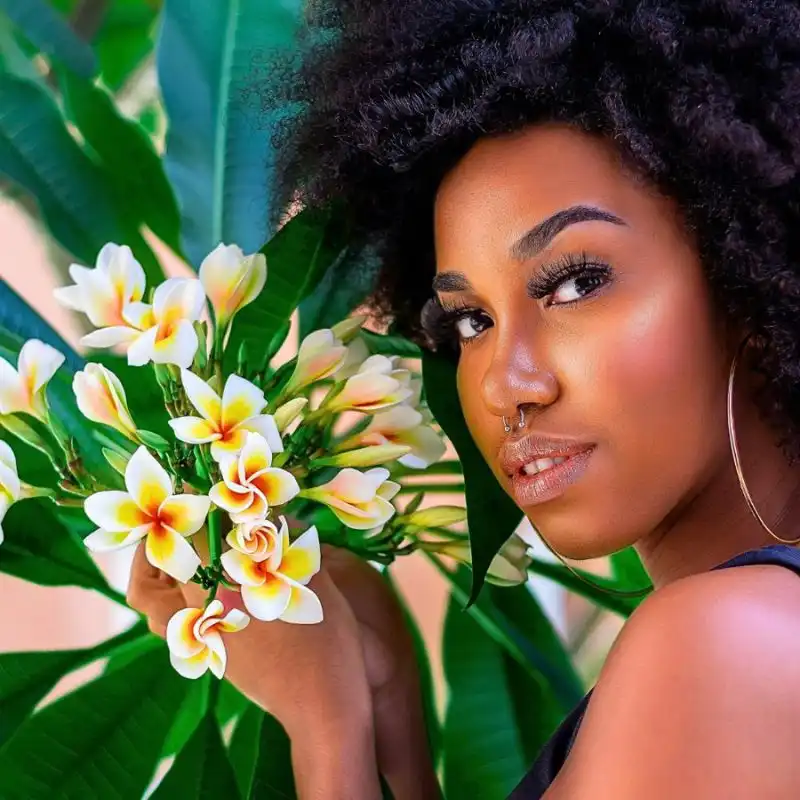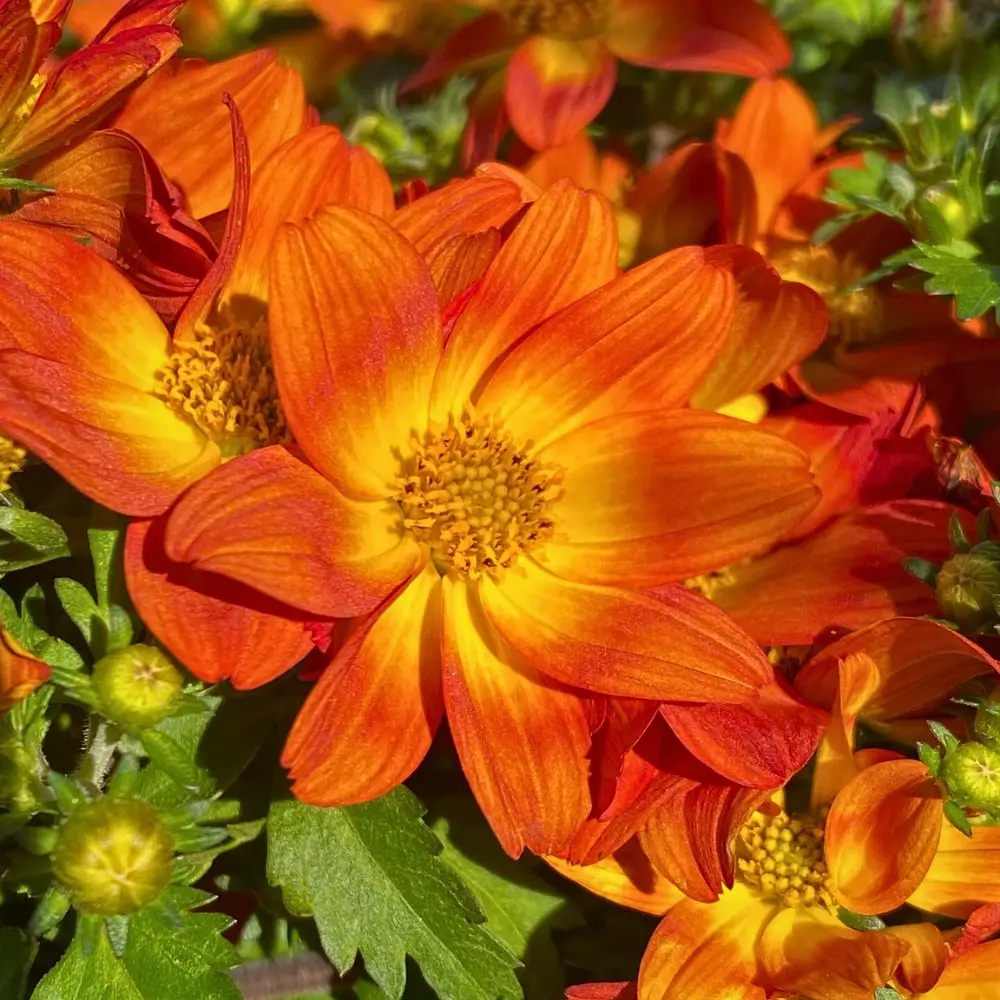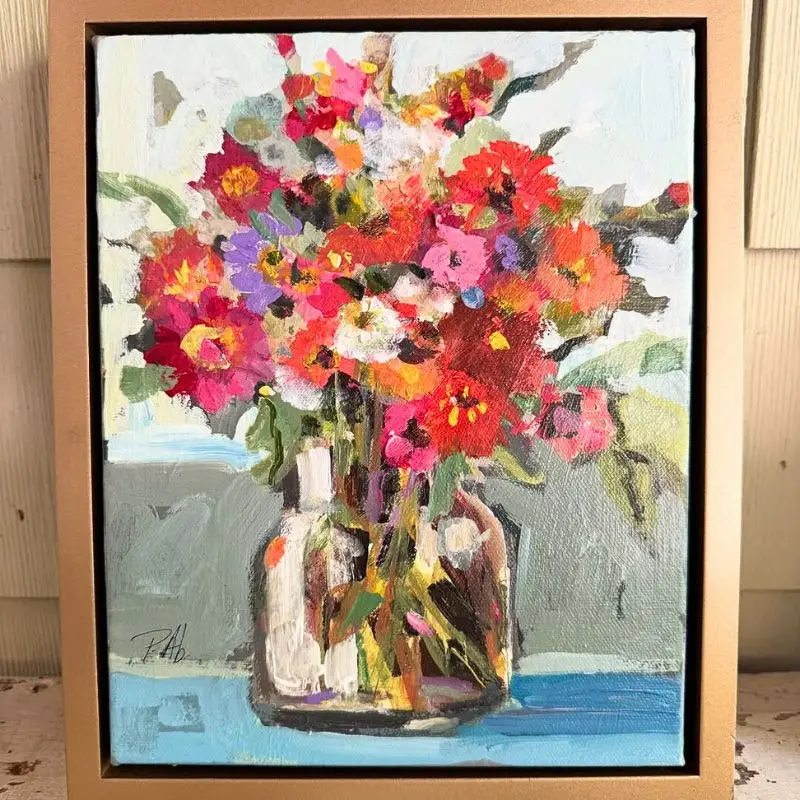There's nothing quite like stepping into your garden as twilight descends and feeling the gentle transformation that occurs when only the moonlight becomes your companion, and chirps and buzzes of crickets, katydids, and cicadas punctuate the night's silence. When the busy colors of day retreat into shadows, a different kind of otherworldliness emerges—one where silver foliage catches ethereal light and night-scented flowers release their hidden fragrances into the cooling air. Such is what moon gardens are about.
Understanding the Moon Garden Idea
Perhaps the perfect way to describe a moon garden is that it embodies a deliberate approach to designing spaces that come alive after dark. These gardens are mostly monochromatic and use white flowers and silver or white variegated foliage to reflect the light of the moon. Rather than relying solely on artificial illumination, these gardens harness the natural reflective qualities of specific plants and flowers that bloom at night to create an enchanting nighttime gardenscape.
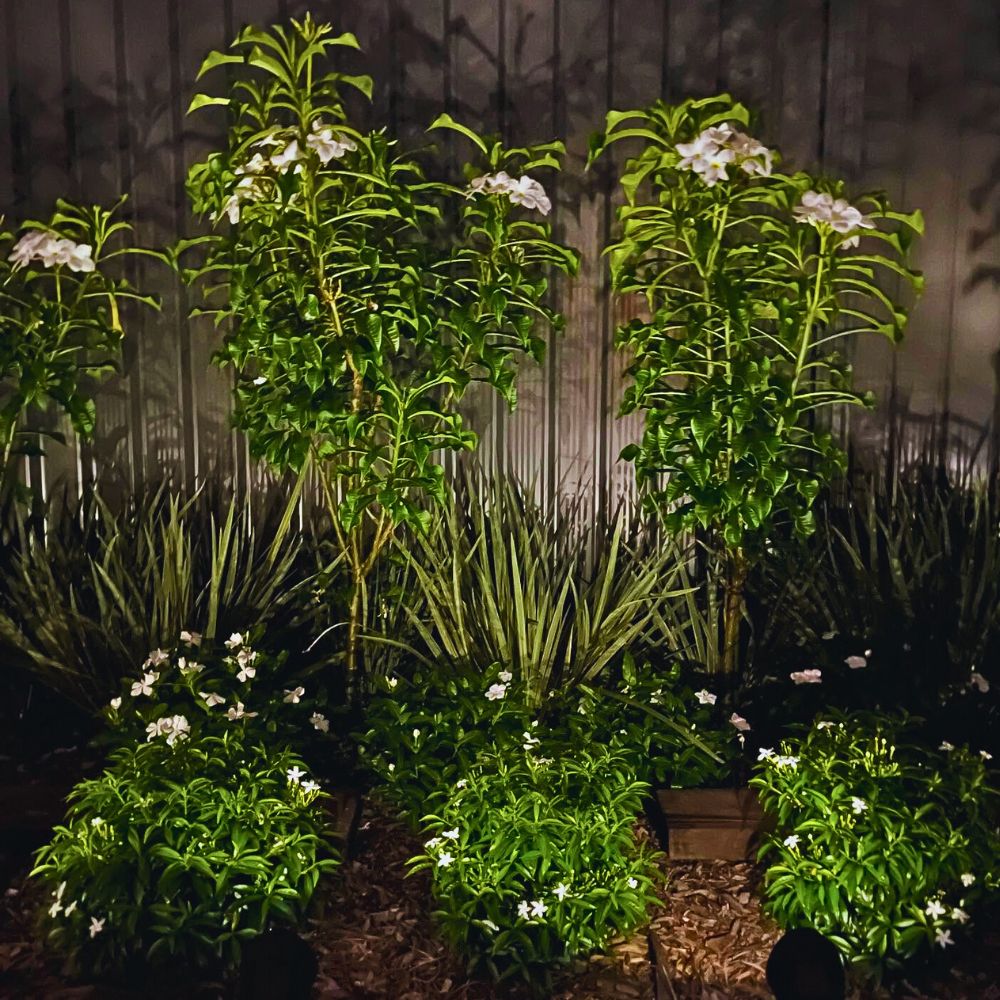
The concept draws from centuries-old traditions, particularly those of India's Mehtab Bagh, or ‘moonlight garden,’ designed by Emperor Shah Jahan, as part of the Taj Mahal complex. He envisioned it as a place to admire the Taj Mahal on moonlit nights. However, the original Mehtab Bagh idea is associated with the era of Mughal gardens, which were significantly influenced by Emperor Babur, Emperor Jahan's great-grandfather, and the founder of the Mughal Empire.
The historic gardens featured night-scented plants, white walkways, and reflecting pools, and were specifically designed for evening enjoyment when the day's heat subsided. The moon garden is, therefore, designed around the principle that white and silver-toned plants reflect available light far better than darker foliage. When darkness falls, the eye can only perceive a limited color spectrum, but white flowers and silvery leaves appear to emit an otherworldly glow. This creates the illusion that the plants generate their own luminescence, which makes an ordinary garden feel like something almost supernatural.
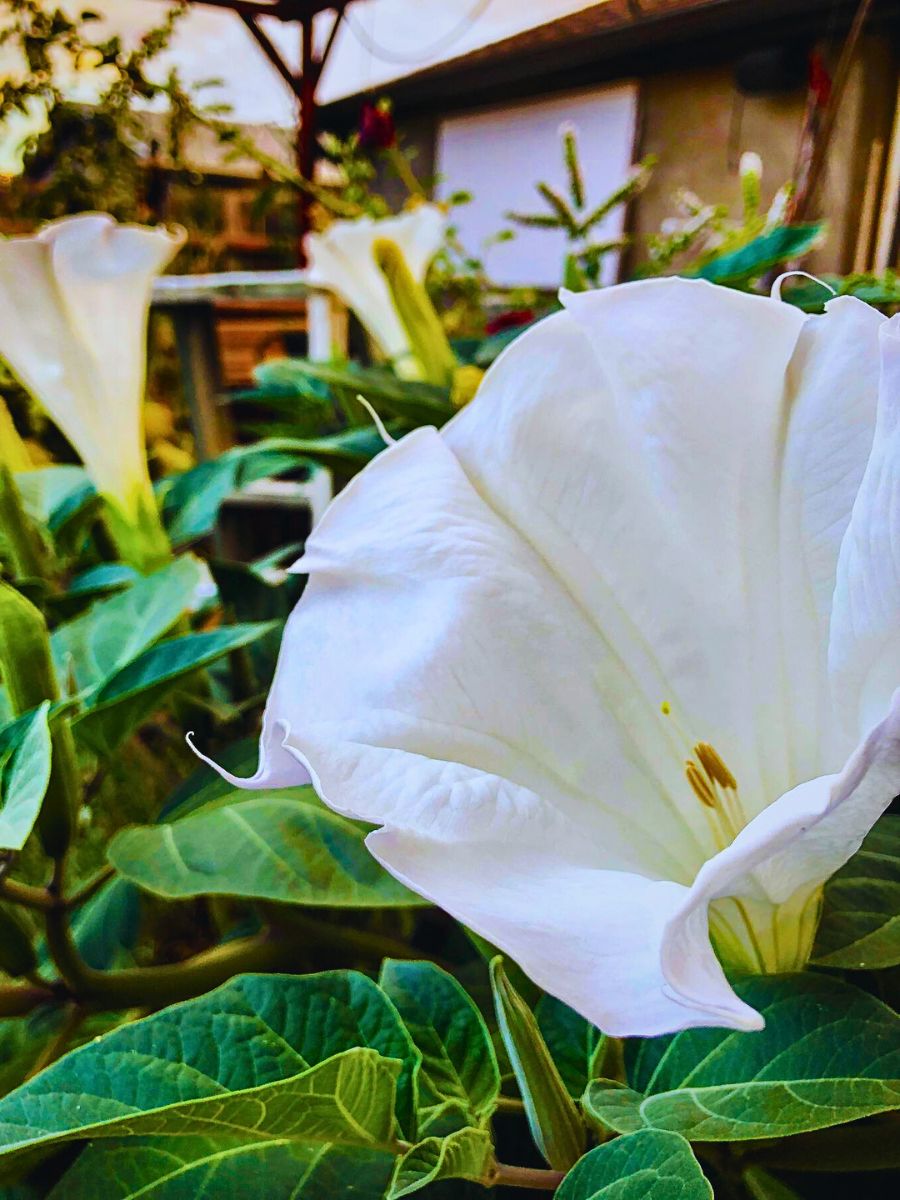
Moon gardens are also the perfect places for evening relaxation. They afford one a cool hideaway during the hot summer months when nighttime offers the most comfortable hours for outdoor activities. They also support nocturnal pollinators, including moths, fireflies, bats, and night-flying beetles, which create ecosystems that function actively after dark. For gardeners with demanding daytime schedules, these gardens offer the opportunity to connect with nature during the hours when they are actually available to enjoy their outdoor spaces.
Essential Components of a Moon Garden
The basis of any successful moon garden is its plant selection. White flowers form the centerpiece of the whole arrangement, with varieties ranging from the dramatic trumpet-shaped moonflowers that open up only at dusk to the delicate clusters of white sweet alyssum that carpet the ground with starlike petals. There are also evening primroses that open their bright cups as darkness approaches, while Four o'clocks (Mirabilis jalapa or marvel of Peru) earn their place therein due to the fact that they begin their display precisely as temperatures cool in late afternoon.
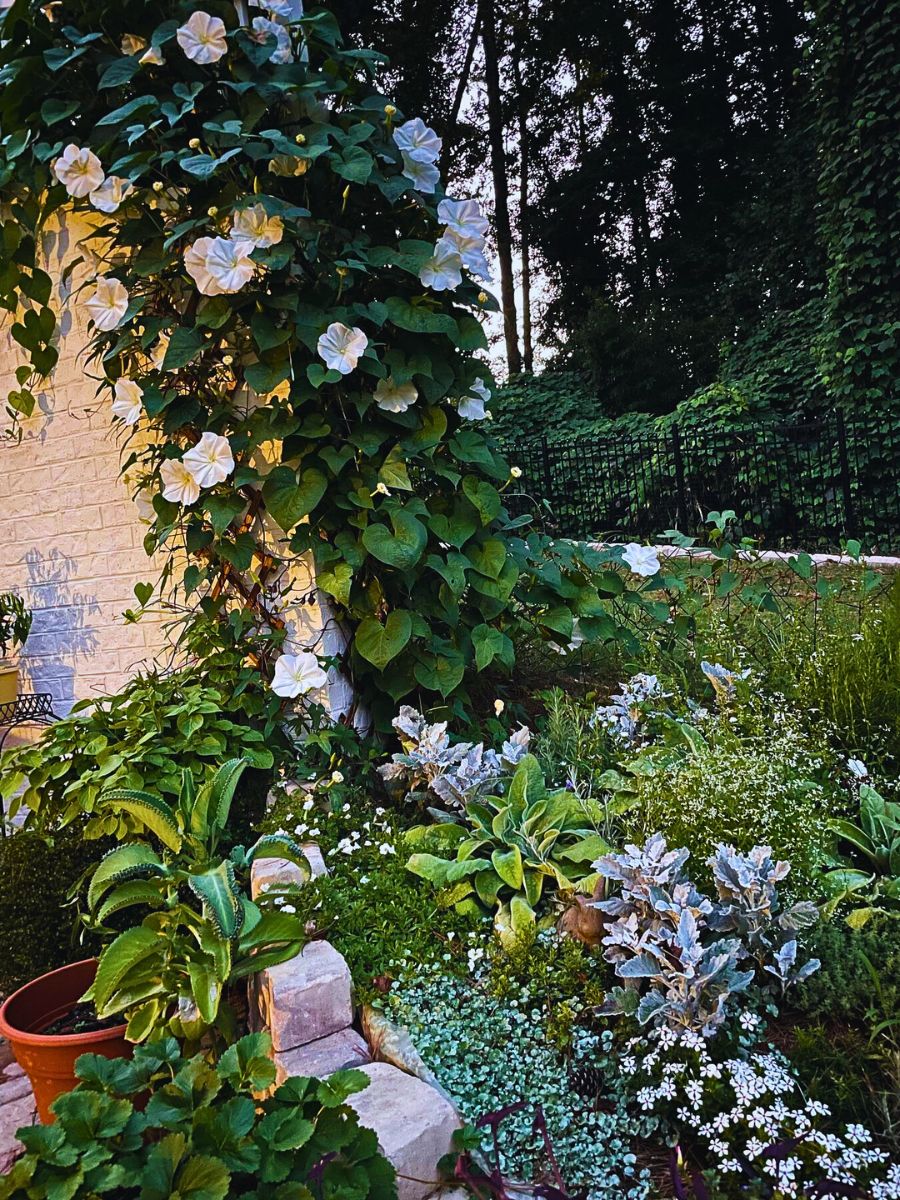
Silver and gray foliage plants also provide the structural backbone that ensures your garden maintains its ethereal quality even when specific flowers are not in season. For instance, Artemisia, whose ghostly white stems and finely textured leaves create the look of frost even in midsummer, Lamb's ear, which offers velvety, silver foliage that children can't resist touching, and dusty miller (silver ragwort), which provides consistent silvery texture throughout the growing season, are perfect. These plants' pale coloring is an adaptation to hot, dry climates, where the reflective surfaces help conserve moisture. They are natural, low-maintenance choices for moon gardens.
Night-scented plants are another crucial element for the moon garden experience. As temperatures drop and evening breezes begin, many plants release intensified fragrances specifically designed to attract nocturnal pollinators. Here, night-blooming jasmine fills the air with tropical sweetness, while sweet rocket provides violet-like fragrance that is often most pronounced after sunset. Tobacco plants also release their signature evening perfume, and tuberose offers such a powerful fragrance that it can be overwhelming if planted too close to windows or seating areas.
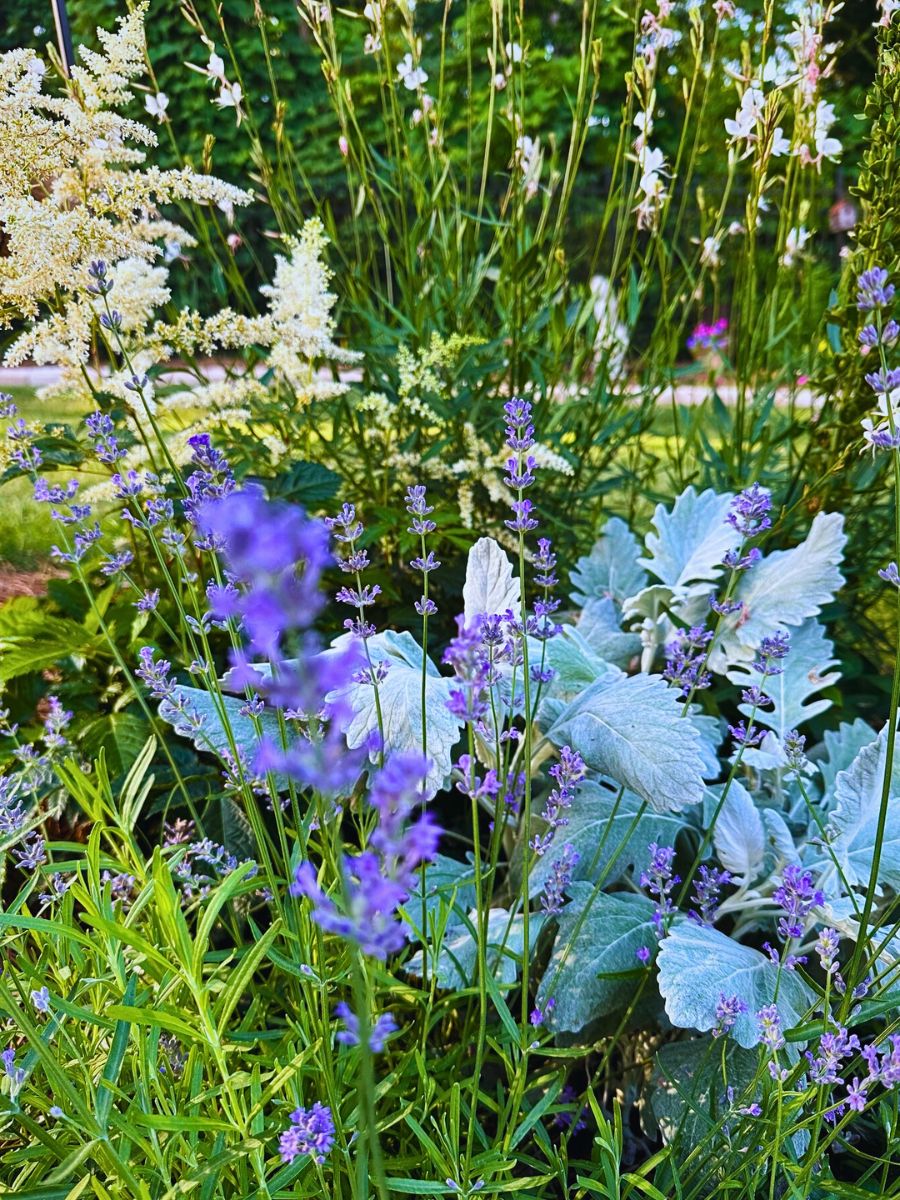
The hardscape elements of a moon garden deserve equal thought. Light-colored pathways made from white gravel, pale stone, or crushed shells create navigation routes that remain visible in moonlight while adding to the overall reflective quality of the space. Water features such as still pools or gentle fountains provide reflective surfaces that double the impact of moonlight while creating soothing sounds that enhance the sensory experience.
Finally, there is the joy of observation. Because such a garden is for you to enjoy. A seat, a chair, maybe with an evening cup of tea, is perfect as you watch the unfolding spectacle. A sphinx moth here, its wings a blur as it hovers over a moonflower, or the faint rustle of the American leaf-nosed bats overhead, as they chase after the sugary nectar of the flowers, will leave you enchanted. The seating areas also require strategic placement to maximize views of light-reflecting plants while providing comfort for extended evening enjoyment. Benches positioned to overlook major plantings allow one to fully appreciate the transformation that occurs as natural light fades and the moon garden’s spectacle begins.
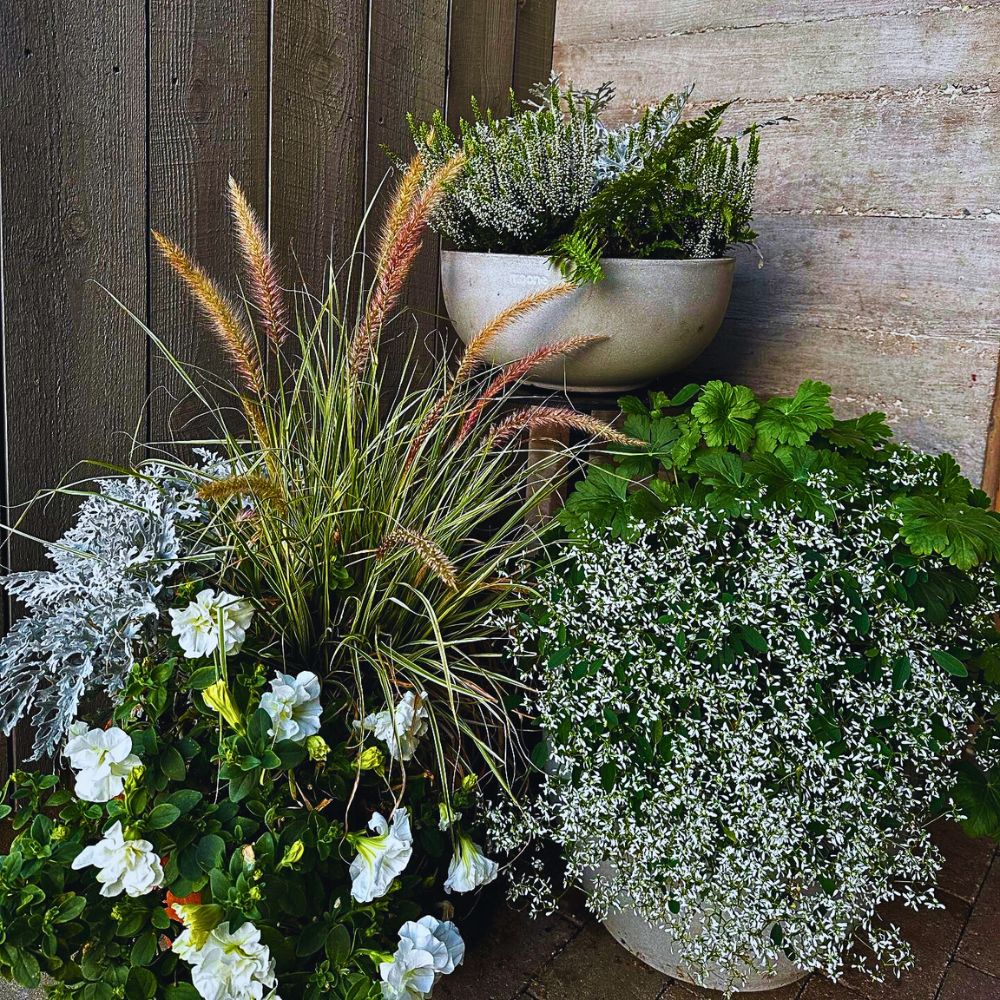
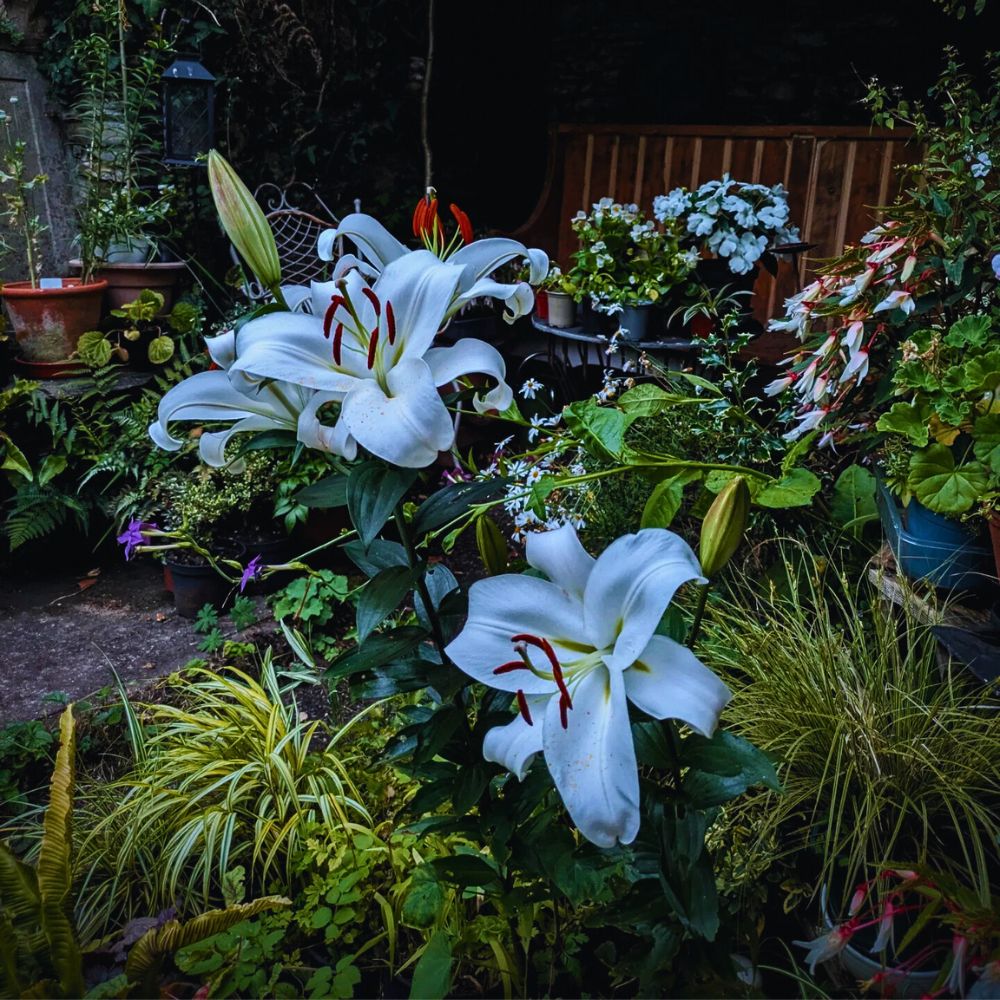
Creating Your Perfect Moon Garden
To create such a garden, begin by selecting a location that receives ample moonlight without interference from artificial lighting sources, which can diminish the subtle effects that you are trying to achieve. The ideal spot should have good exposure to the night sky while offering some protection from strong winds that might damage delicate night-scented flowers. Consider sight lines from windows, patios, or other areas where you will naturally spend evening hours, as the garden should integrate seamlessly with your nighttime living spaces.
Site preparation follows standard gardening principles, but with special attention to drainage since many silver-leaved plants prefer well-draining soil conditions. Create gentle mounds or raised areas to add visual interest and improve drainage, while also mimicking the varied topography that plays with moonlight and shadow. The interaction of elevation changes creates depth and drama as moonlight strikes different levels at varying angles.
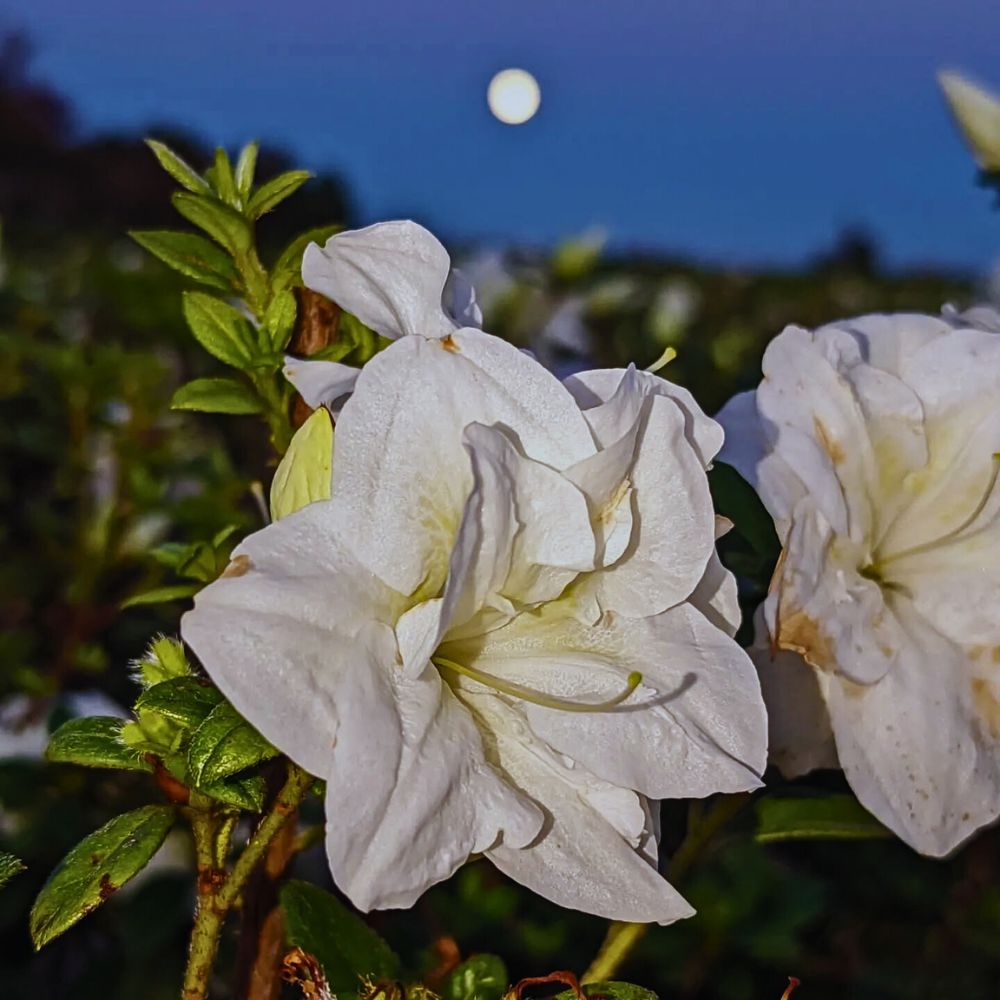
Plant arrangement requires careful attention to both daytime and nighttime effects. Group plants with similar water and light requirements together, but also consider how they will appear under moonlight. Place taller white-flowering shrubs and small trees as backdrop elements, with mid-height perennials forming the middle layer, and ground-covering silver plants creating foreground interest. Avoid mixing bright white flowers with cream or off-white varieties in the same visual grouping, as the contrast can make the paler flowers appear dingy.
These gardens are not just about visual elements, but also the sensory aspect. Position fragrant plants and flowers near seating areas or along pathways where their evening scents can be appreciated, but avoid overwhelming combinations of varied fragrances. Include plants that rustle gently in evening breezes, like ornamental grasses with silvery seed heads, to add subtle sound elements. Consider the texture of foliage—the contrast between silky flower petals and rough architectural leaves creates tactile interest for those who explore the garden after dark.
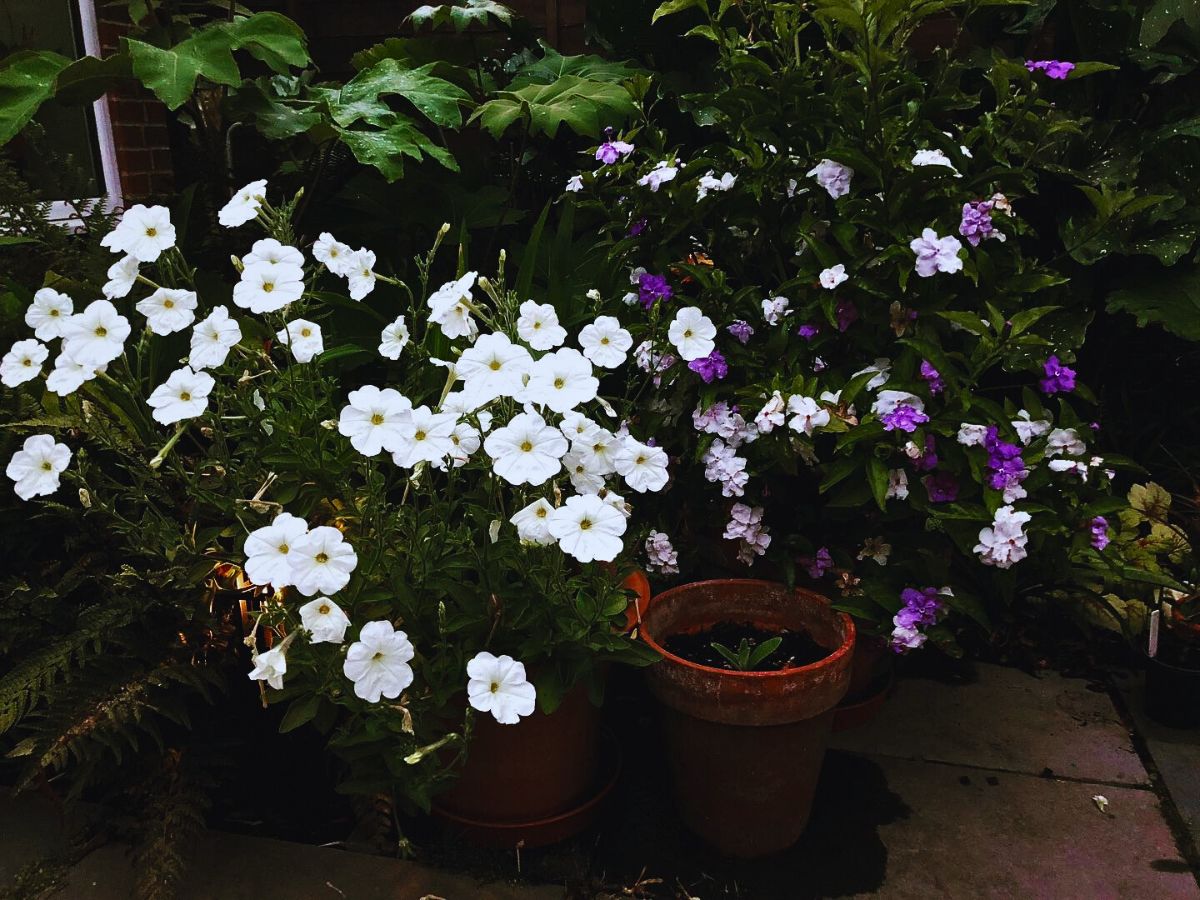
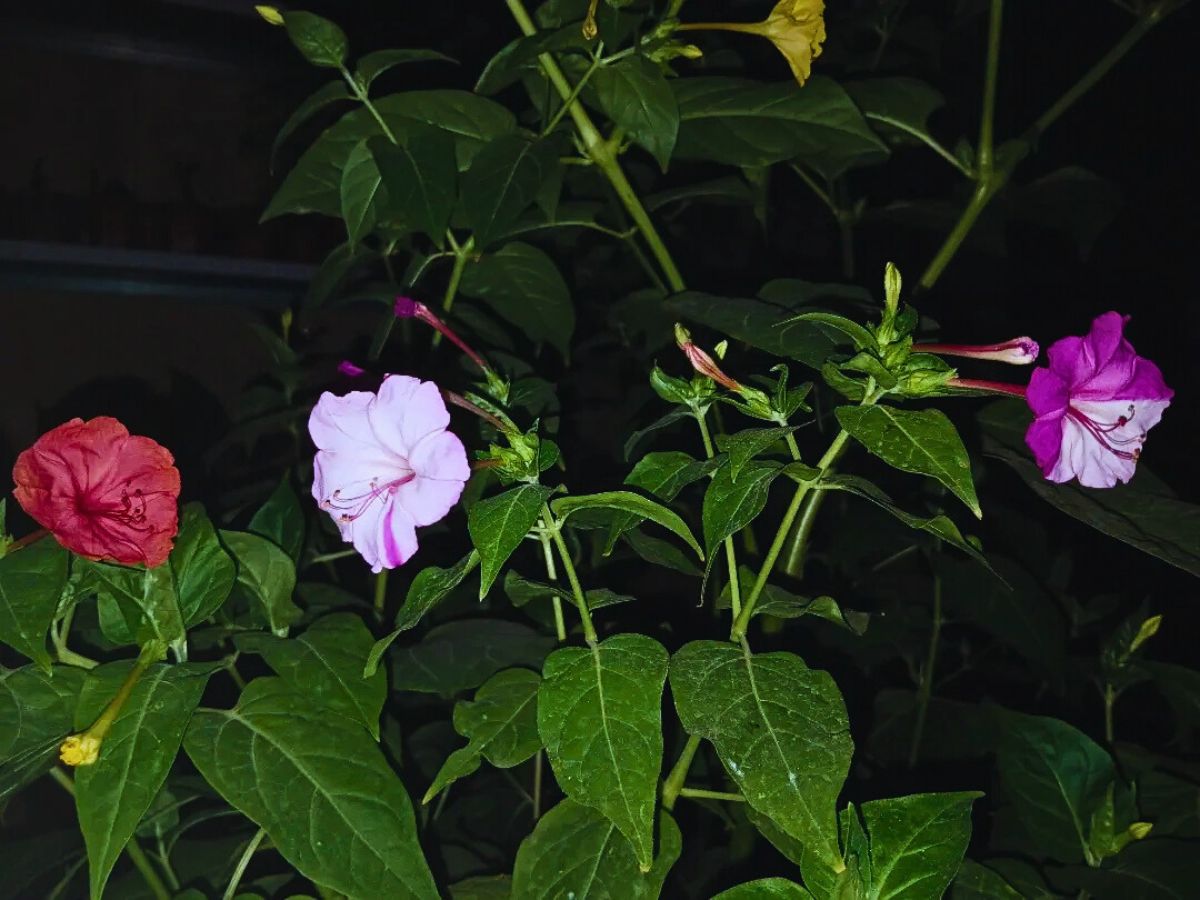
Timing also plays a crucial role in the success of a moon garden. Plan for succession of flowering throughout the growing season, incorporating early spring bulbs like white daffodils and snowdrops, midsummer performers like white hydrangeas and night phlox, and late-season contributors including autumn-flowering Clematis. This guarantees that your garden maintains its nighttime appeal from early spring through late fall, just before winter comes.
Maintenance of a moon garden tends to be lighter than traditional flower gardens, largely because many silver-leaved plants are drought-tolerant and low-maintenance. However, attention to deadheading spent flowers is more important since faded brown petals are particularly noticeable against white flowers. Choose self-cleaning varieties when possible to minimize this task.
Water elements also deserve consideration in a moon garden design. A simple reflecting pool can double the impact of moonlight while providing habitat for beneficial wildlife. The sound of gently moving water adds acoustic interest without competing with the subtle night sounds of crickets and other beneficial critters that your moon garden will attract.
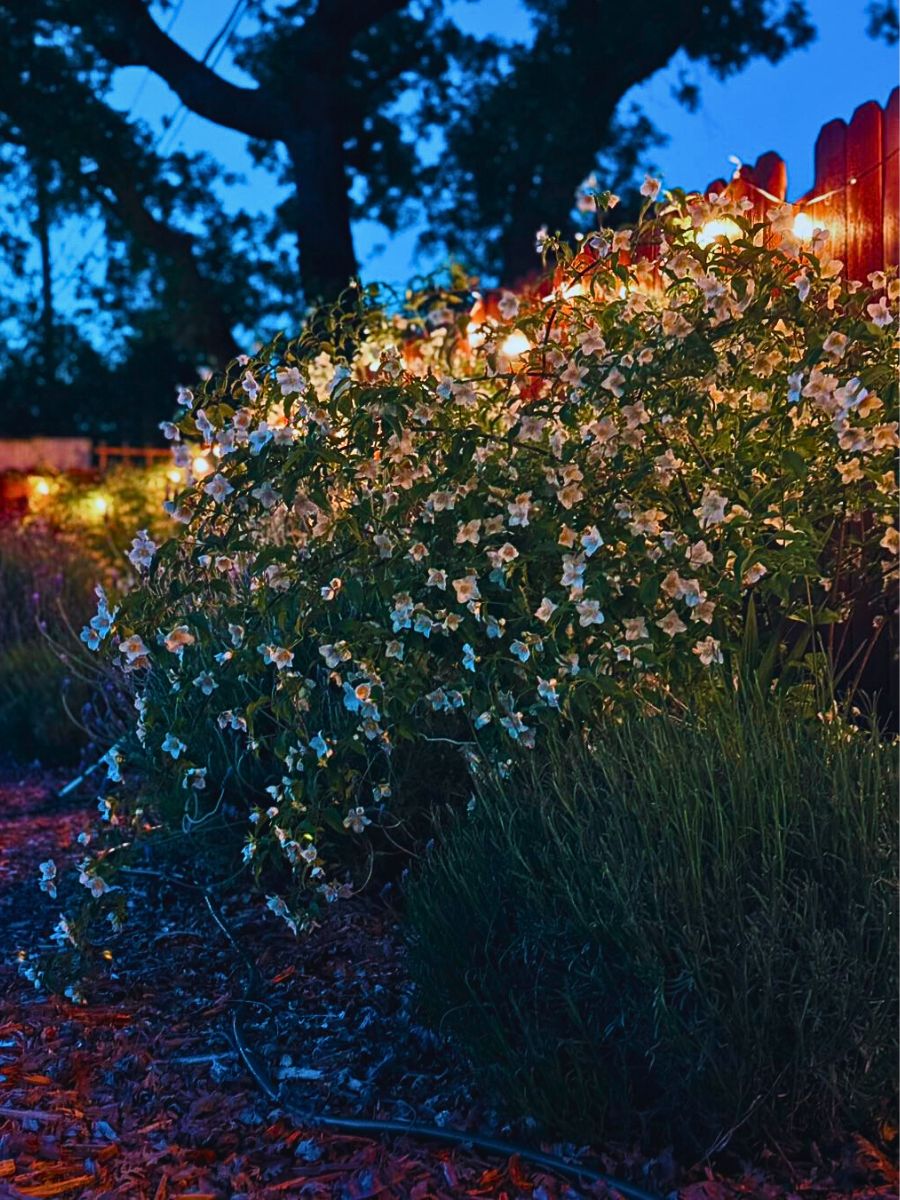
Some Seasonal Considerations of Moon Gardens
Moon gardens have some unique upkeep challenges. Many evening-scented plants require specific growing conditions to perform optimally. These gardens, therefore, often need afternoon shade, which helps preserve flower quality while encouraging plants to open during cooler evening hours. Most white-flowering plants still require several hours of morning sunlight to maintain healthy growth patterns. Perfect soil preparation is also particularly important, as many night-scented plants prefer well-draining conditions that prevent root rot during humid summer periods. Incorporating organic matter improves soil structure while providing nutrients that support vigorous flowering throughout extended growing seasons.
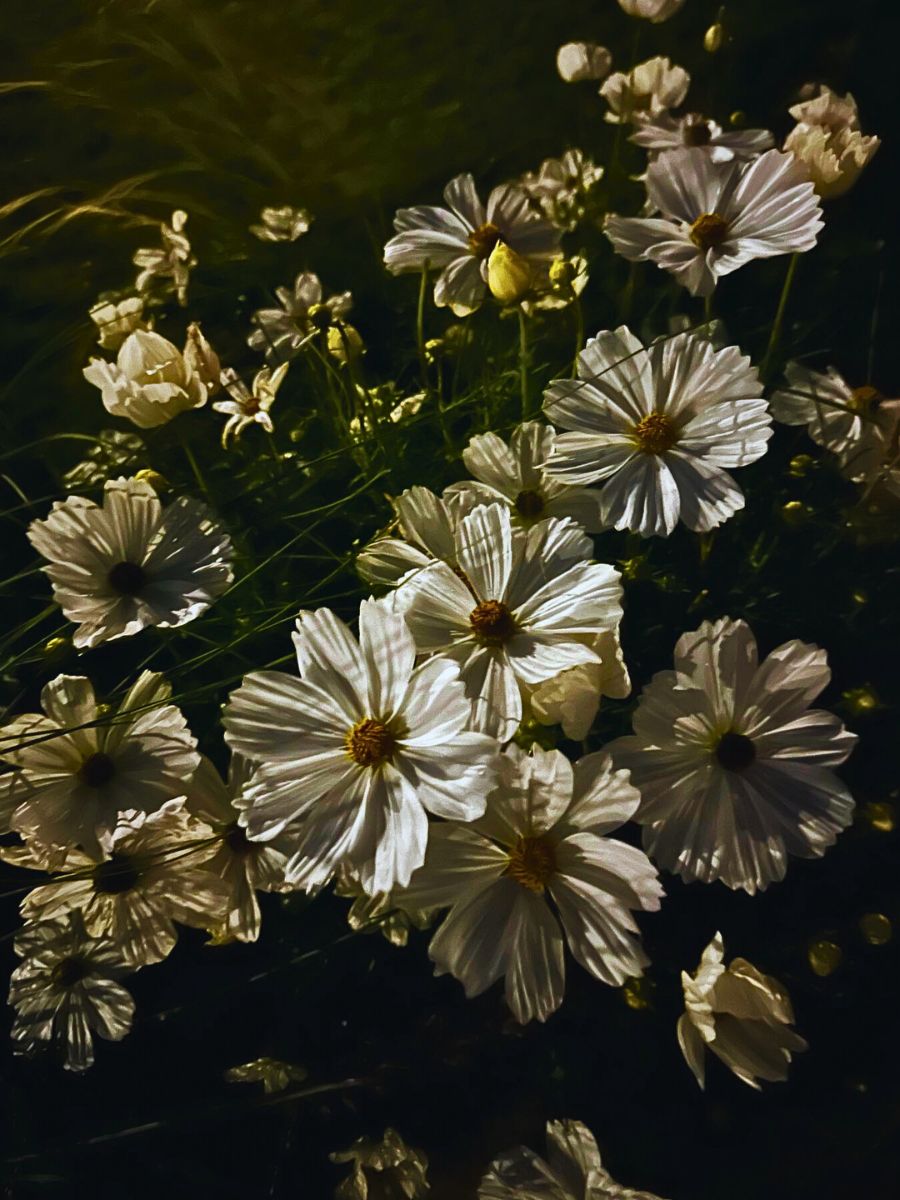
For all the efforts, these gardens offer so much in return. They offer benefits to patient gardeners who understand that their peak beauty occurs during hours when most people are indoors. They also present unique opportunities to experience conventional gardening from different perspectives, creating outdoor spaces that extend into natural environments. Plus, their quiet charm shows that garden beauty need not scream for attention; sometimes the most unforgettable experiences come when one steps outside their conventional gardening expectations.
Feature image by @botanicbarney. Header image by @ella.spela.sagadin.

